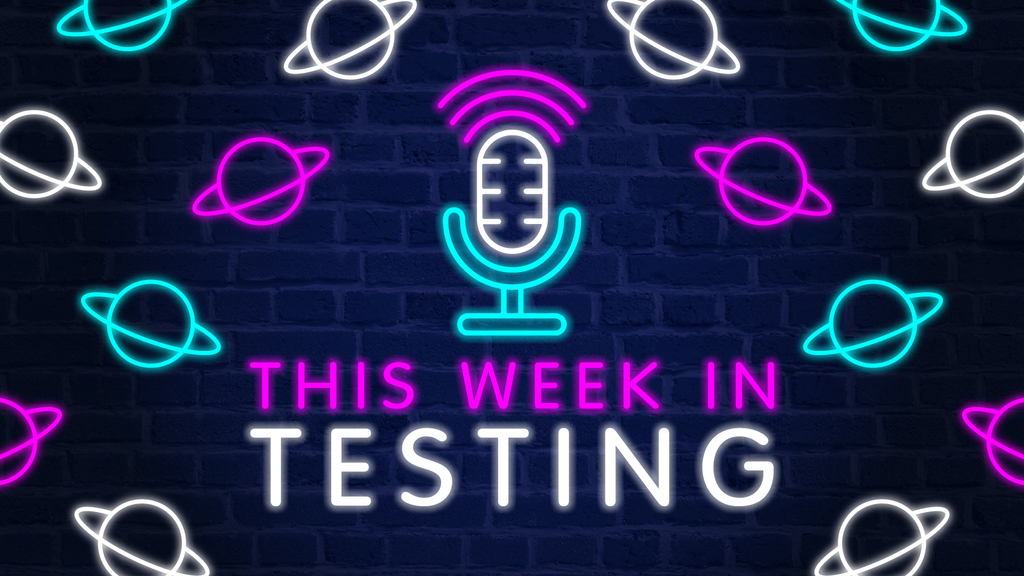What is sanity testing?
Sanity testing verifies that specific functionality works after changes. It's more targeted than smoke testing and examines particular features affected by code fixes or updates.
This quick check confirms whether an application deserves further testing resources or needs immediate fixes first. Teams use it as a rational "sanity check" before investing in comprehensive test cycles.
Do you have any examples of sanity testing?
After deploying a fix for a checkout bug, you might run a sanity test by placing an order to confirm customers can complete purchases. You'd focus only on the payment flow rather than testing the entire application.
Why is sanity testing important?
Sanity testing saves time by identifying show-stopping issues early. It prevents your team from wasting hours on comprehensive testing when fundamental functions stay broken. It serves as an effective quality gate before more extensive test cycles.
What are the limitations of sanity testing?
What are the limitations of sanity testing?
Sanity testing only catches obvious problems in the areas you check. It won't reveal bugs in untested features or subtle integration issues. While essential for rapid development, it shouldn't replace thorough testing, especially for critical systems or major releases.





